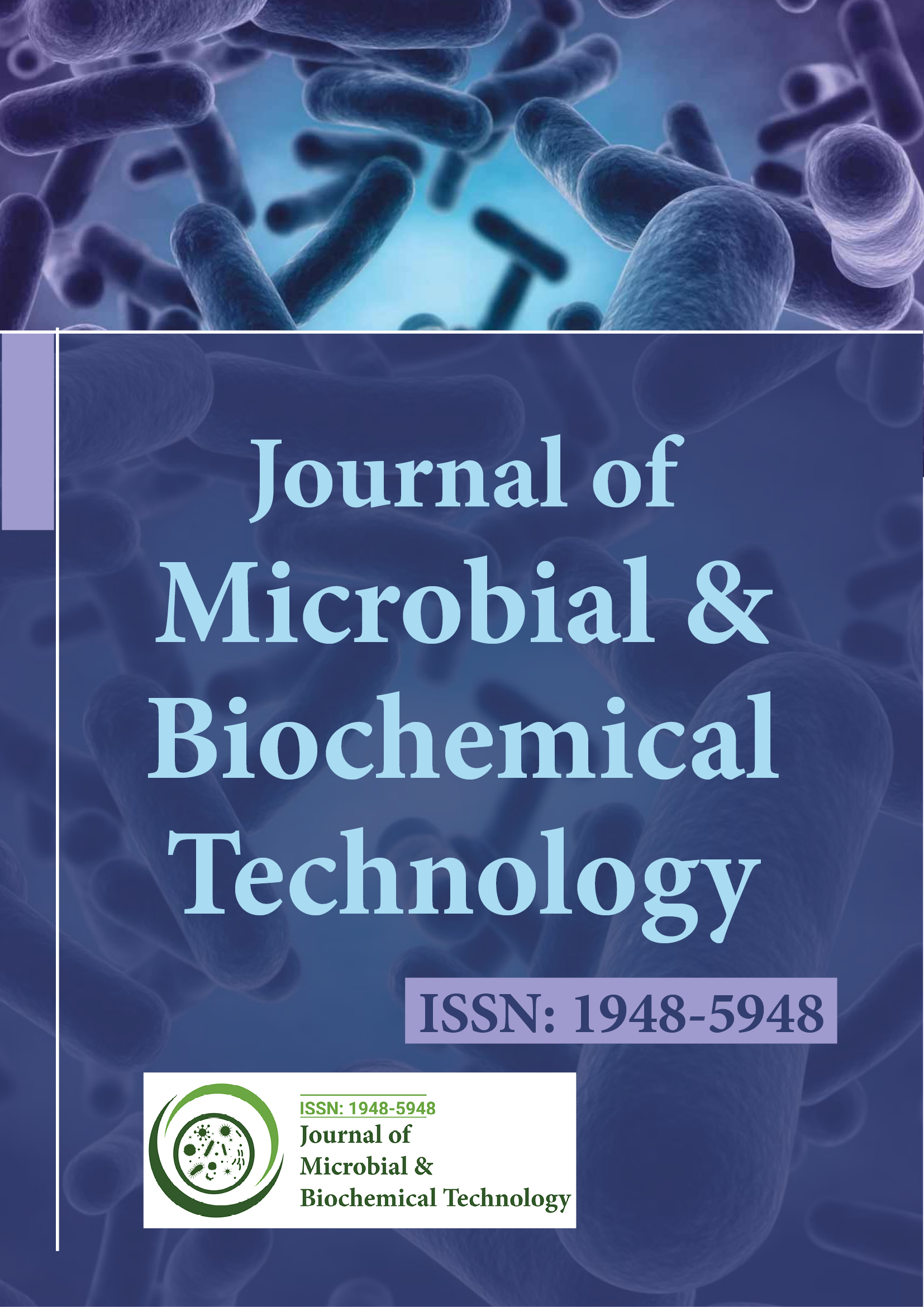インデックス付き
- 学術雑誌データベース
- Genamics JournalSeek
- アカデミックキー
- ジャーナル目次
- 中国国家知識基盤 (CNKI)
- シマゴ
- Global Online Research in Agriculture (AGORA) へのアクセス
- 電子ジャーナルライブラリ
- レフシーク
- 研究ジャーナル索引作成ディレクトリ (DRJI)
- ハムダード大学
- エブスコ アリゾナ州
- OCLC-WorldCat
- SWBオンラインカタログ
- 仮想生物学図書館 (vifabio)
- パブロン
- ミアル
- 大学補助金委員会
- ジュネーブ医学教育研究財団
- ユーロパブ
- Google スカラー
このページをシェアする
ジャーナルチラシ

概要
加熱殺菌およびガンマ線殺菌した細菌に対する抗体の比較
アンドリュー・G・ゲーリング、グレン・ボイド、ジェフリー・D・ブリュースター、ピーター・L・アーウィン、ドナルド・W・セイヤー、リサ・J・ヴァン・ハウテン
抗体生成では、病原細菌は、感染とそれに続く宿主の早期死亡を防ぐために、宿主動物に接種する前に熱処理されることが多い。ガンマ線で死滅させた病原細菌を宿主ウサギに接種することで、熱変性微生物に対して生成された抗体に比べて、生きた病原体に対してより高い親和性を持つ抗体を生成することが期待された。加熱殺菌または照射細菌細胞に対して生成された 2 つの抗体セットについて、生、加熱処理、化学処理 (漂白)、および照射した大腸菌 O157:H7 およびサルモネラ菌に対する免疫応答を比較した。化学処理細胞の免疫応答を除き、両方の抗体セットは同様の応答 (照射細胞では低く、生細胞では中程度、加熱処理細胞では高い) を示した。結果は、生きた病原体を含む食品サンプルを熱処理または化学処理すると、どちらの抗体システムでもより高い免疫応答が引き起こされることを示唆しており、非照射食品システムにおける生きた細菌の存在の検出に応用できる可能性を示しています。さらに、これらの発見は、照射食品の免疫アッセイ分析では、生細胞の存在を示すと解釈される可能性のある低い信号につながる可能性があることも示しています(つまり、偽陰性の結果につながる可能性があります)。
免責事項: この要約は人工知能ツールを使用して翻訳されており、まだレビューまたは確認されていません